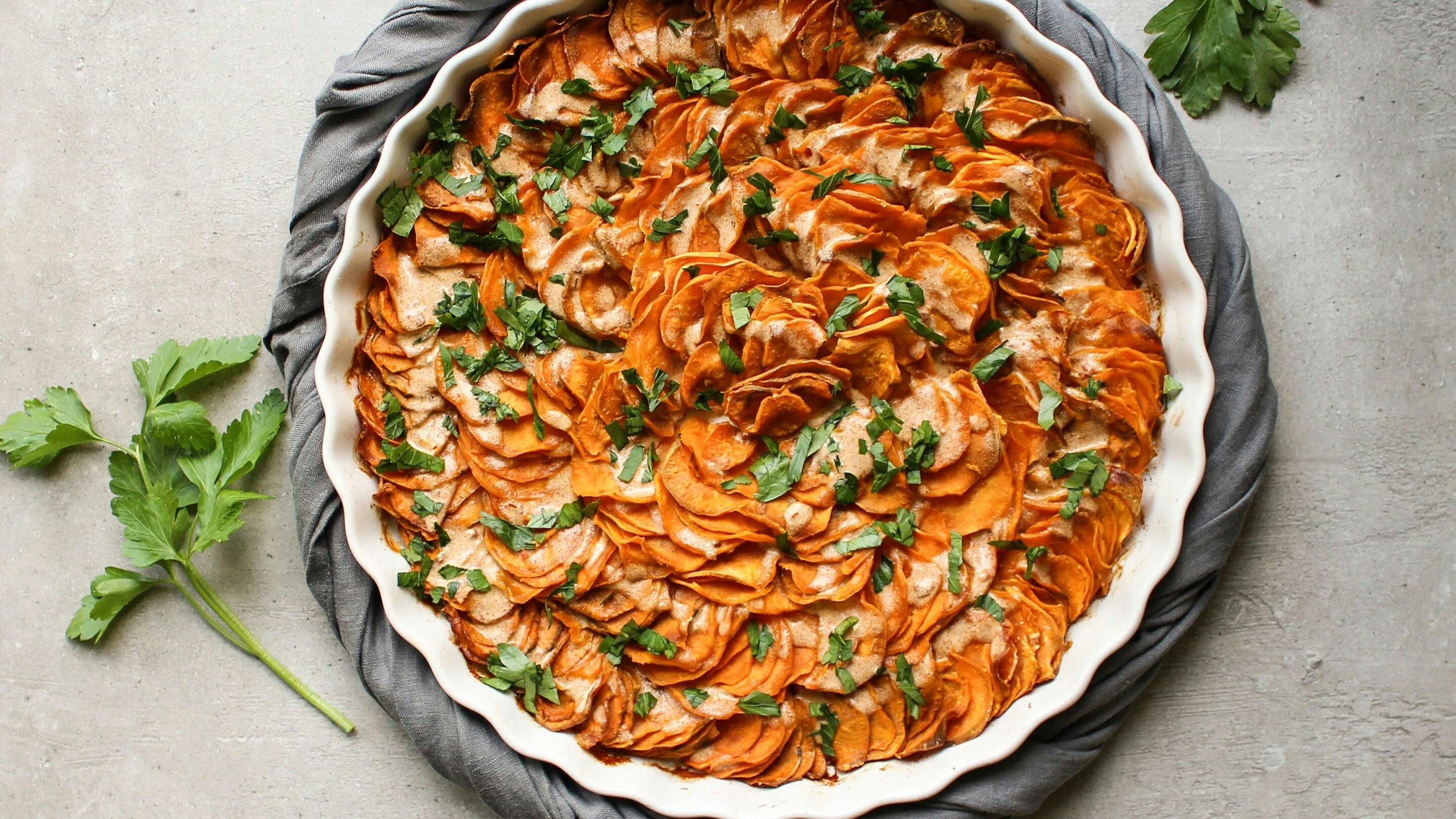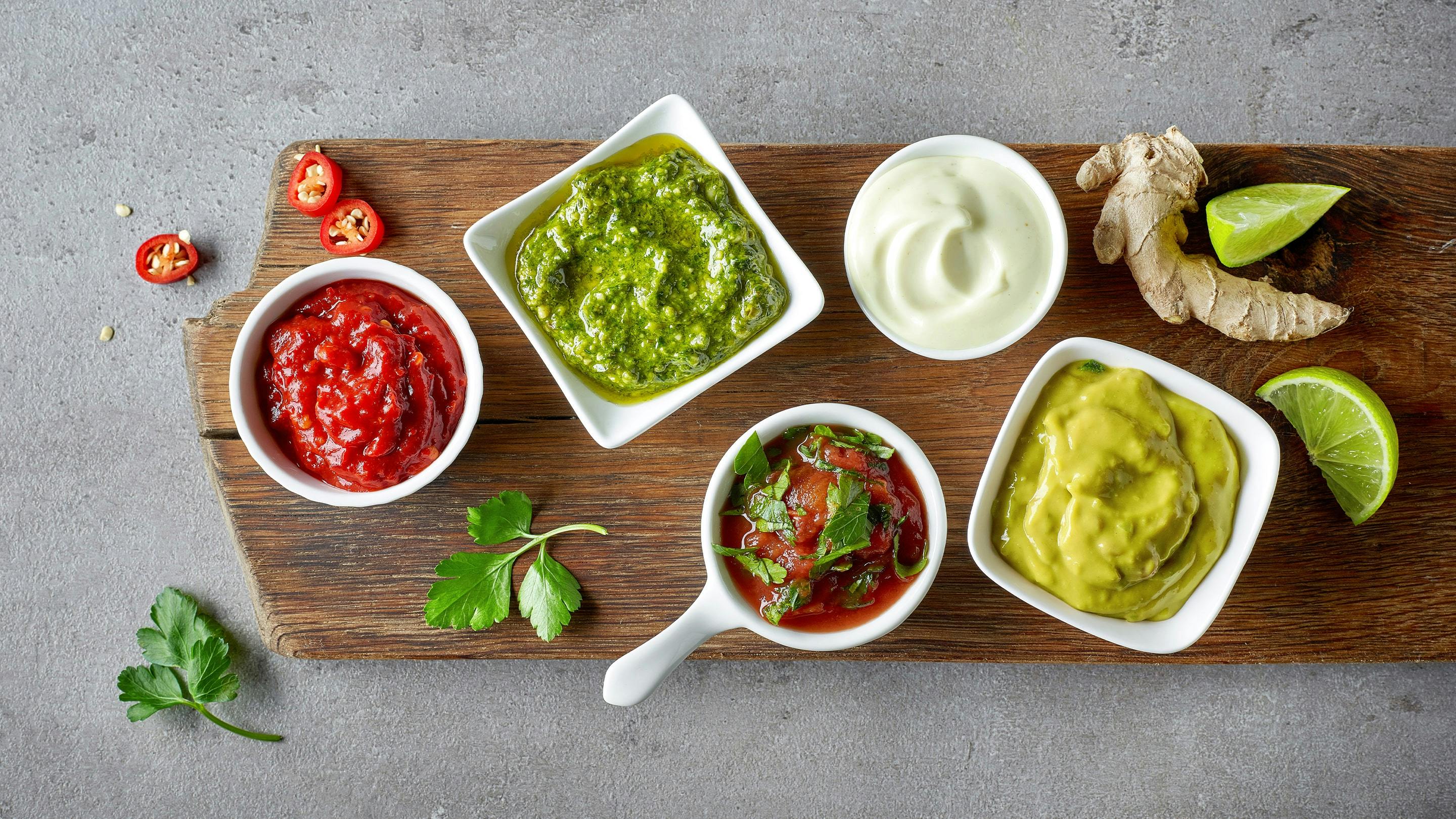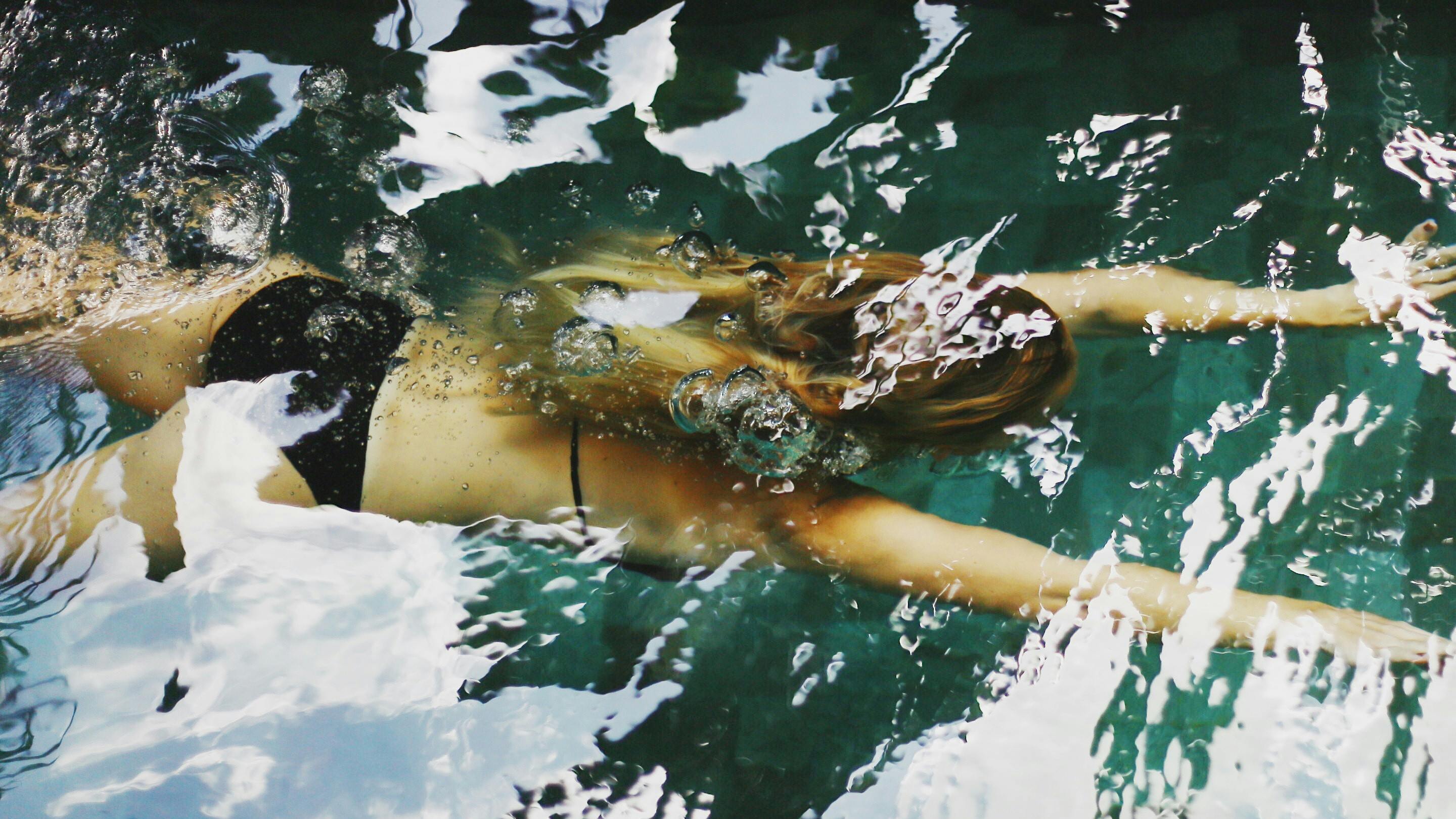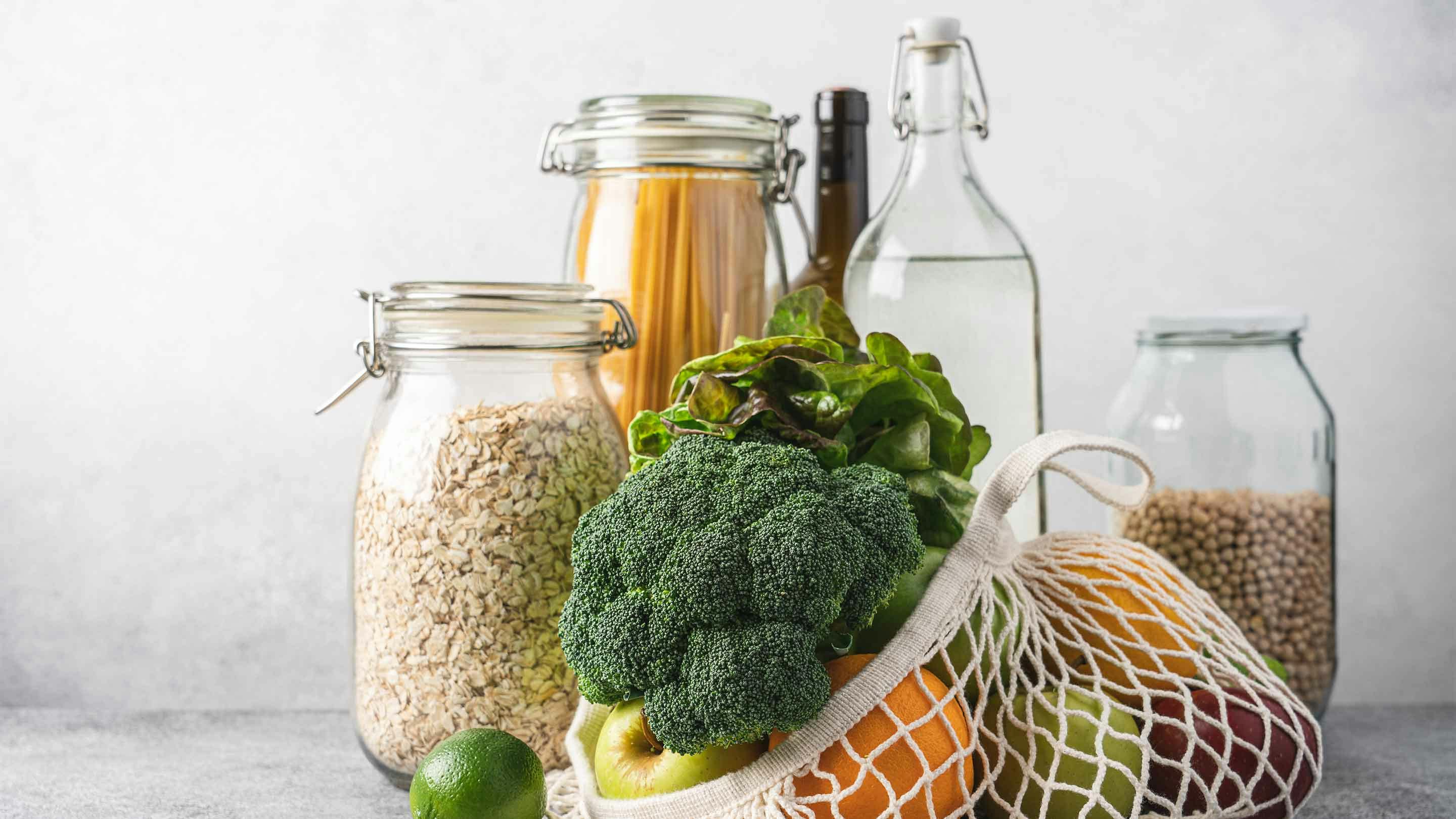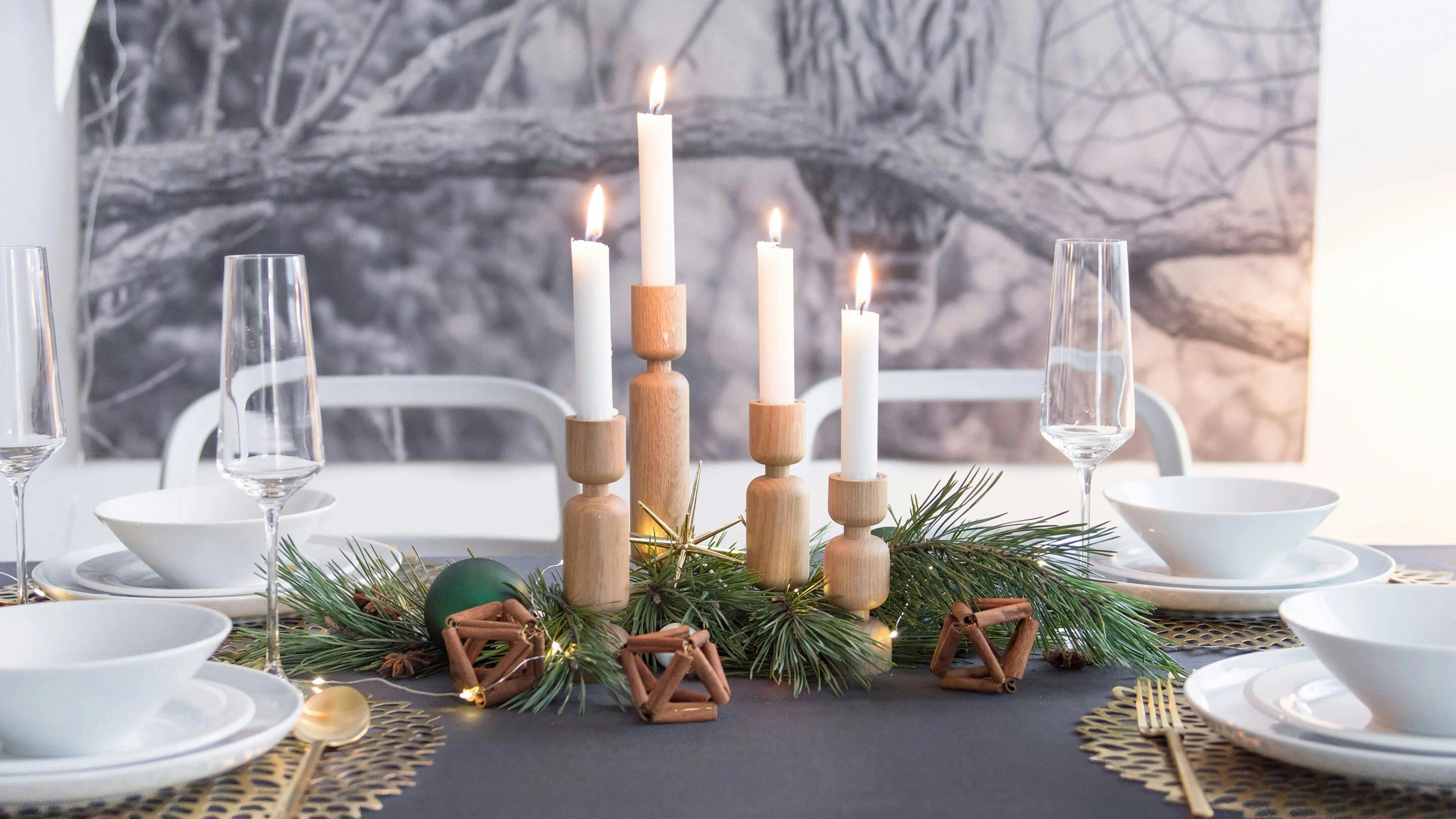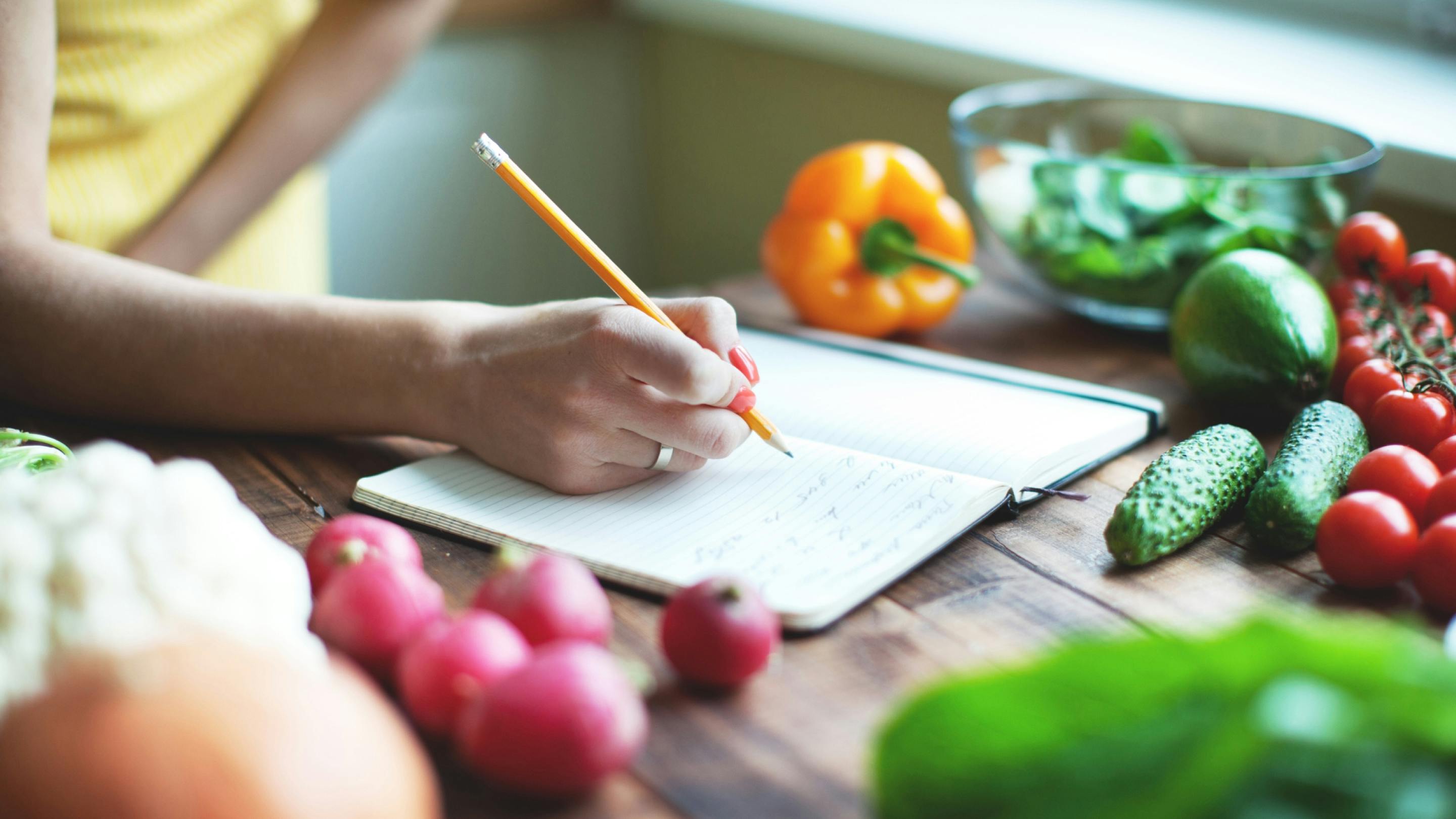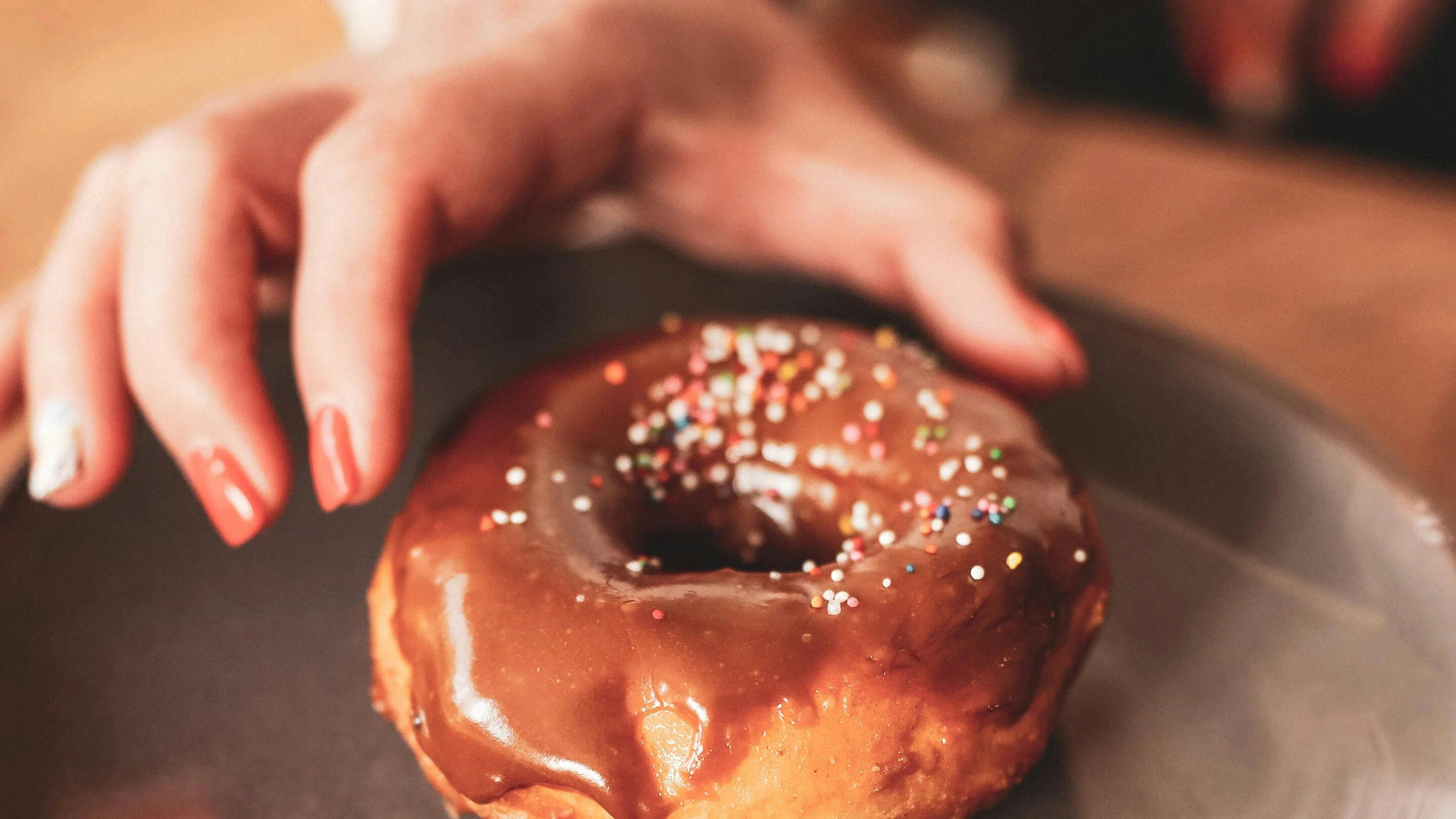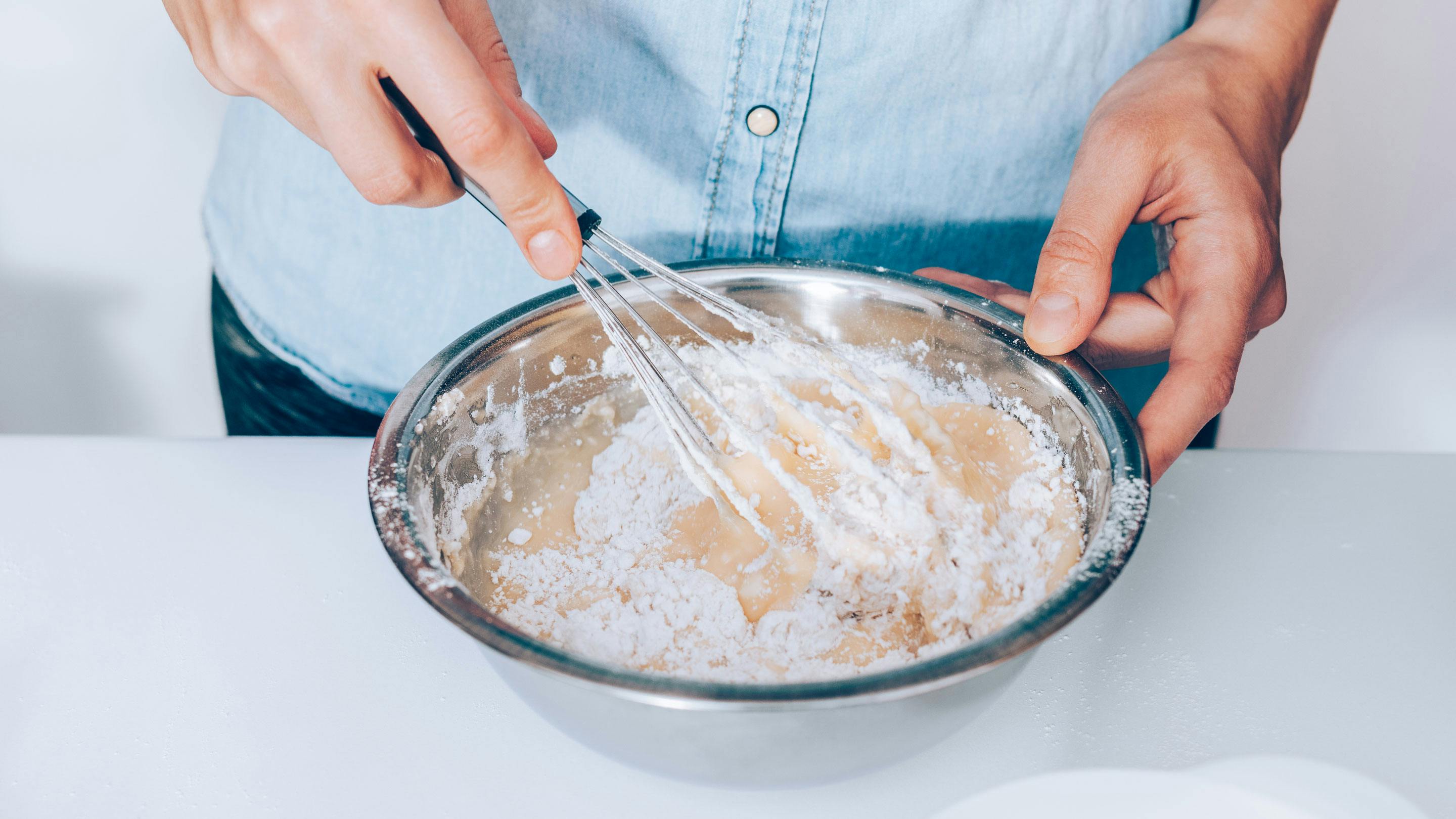You want to let loose in your kitchen, but it should be a bit impressive? We guide you through kitchen basics and fundamental cooking methods – and provide matching, outstanding recipes.
Poaching
If you want to prepare food in a particularly gentle and low-calorie way, poaching is the right choice for you. It involves slow cooking in liquid. This cooking method is ideal for fish, chicken, vegetables, and, of course, the well-known poached egg.
In poaching, the food is heated in a pot with hot, but not boiling, water (or broth) over an extended period. For example, a vegetable soup in which a fish fillet is slowly cooked. Poaching an egg takes a bit of practice, but in our recipe for a bagel with avocado and poached egg, you’ll find a kitchen hack that makes it easy for you.
Gratinating
Gratinating a dish typically involves pre-cooked ingredients such as broccoli, meat pieces, or fish, enhanced with a sauce, topped with cheese, and then baked until golden brown. Casseroles with potatoes or lasagna are particularly popular.
The ingredients are placed in a heat-resistant dish, covered with a gratin sauce, such as béchamel sauce, and sprinkled with grated cheese. The gratin is baked in the oven at high heat until the cheese melts and forms a delightful crust.
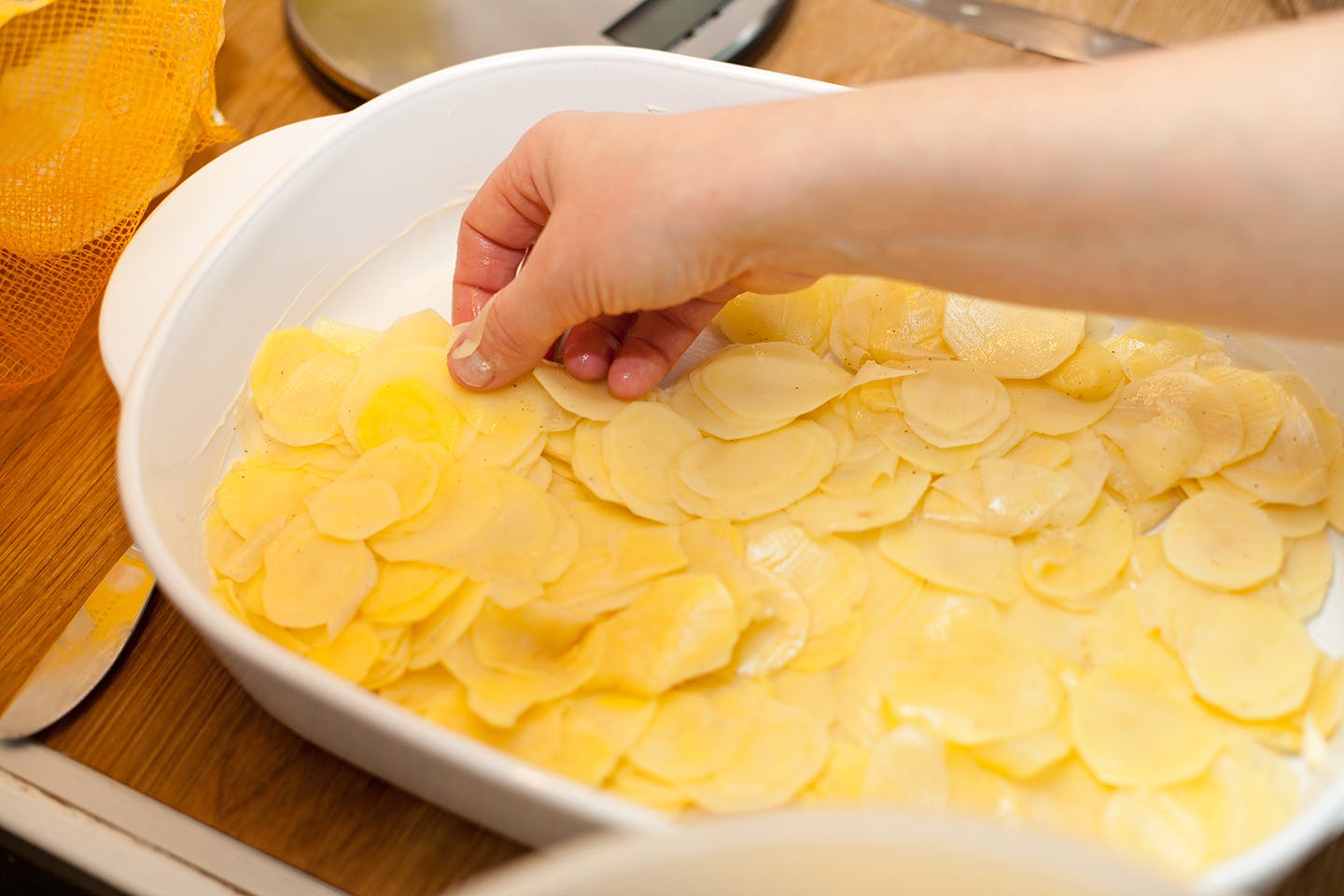
Blanching
In order to keep cooked vegetables crisp and maintain their fresh colour, blanching is the method of choice. Beans, spinach, and cabbage are often prepared this way, but meat can also be blanched.
To blanch, bring a large pot of water to a boil. Add some salt and place the vegetables or meat into the boiling water. The cooking time depends on the type of vegetable and the thickness of the meat pieces. Afterward, plunge the vegetables directly into ice-cold water (preferably with ice cubes to maintain the cold longer) – this is also called ‘shocking.’ If you’re eager to try blanching right away, we recommend our vegetarian rice noodle salad with blanched cabbage leaves.
How to prepare in a water bath
Many creams, cakes, and terrines require preparation in a water bath. There are two variations of this method. One involves placing the mould with the food in a water bath and baking it in the oven.
In another variation, a water bath is used solely for melting ingredients, such as chocolate. For this, warm to hot water is poured into a container (or heated directly on the stove), and a metal bowl containing the chocolate is placed in it. In an alternative method using steam, the bowl is positioned above the water, utilizing the steam. The metal bowl just needs to be slightly larger than the pot. As you stir, the chocolate becomes liquid and can be mixed with other ingredients – for example, in our gingerbread chocolate mousse.

Candying
You’re probably familiar with candied orange peel (or Aranzini) – those colourful candied fruit pieces used in cakes. These are candied orange peels preserved in a sugar solution. This process is suitable for fruits and nuts, as well as ginger and chilli. Candied oranges, for example, can be used in our recipe for chilled apple strudel with honey dates, which tastes as good as it looks.
Admittedly, candying is a bit labor-intensive, but have you ever tried candied chillies? It’s worth it! You cook a mixture of water or fruit juice and sugar, with a ratio of about 1:1. In this solution, you let the bite-sized pieces of food soak for a day. The next day, you strain the sugar solution, bring it to a boil again, and let the fruits soak in it for another day. Repeat this process about five times, only then let the candied pieces dry – and you’re done!
Confiting
Confiting refers to a cooking method in which meat, fish, or vegetables are slowly cooked in oil or fat. The low temperature of the oil keeps the meat tender and juicy, and the infused oil itself becomes a flavourful addition to the kitchen with the infusion of herbs and spices.
To confit, you briefly sear the food, then place it in a container, such as canning jars. Next, you cover the cooked item with oil and add spices and herbs. The whole mixture is then placed in the oven and allowed to cook at temperatures below 100°C – depending on the recipe, this process can take up to three hours!
If you’ve now developed a real craving for gratinating, poaching, and more, have a look at our recipe collection. We also regularly post the latest recipes on Facebook. Good luck!
Find interesting cooking hacks here:
Currently Viewing: 1 of 0
Spices in a tea egg — We'll show you how it's done!
For more taste — Tips & Tricks
Kotányi spice mill — Discover our product
Blooming — Tips & Tricks
Spice up the web! Share this article on...
Read more
Currently Viewing: 1 of

